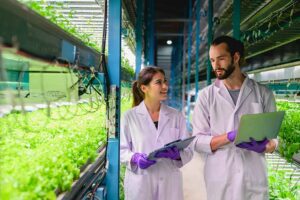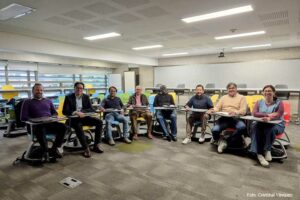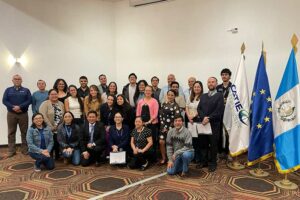Value Chain Design and Analysis of Tourism Potential
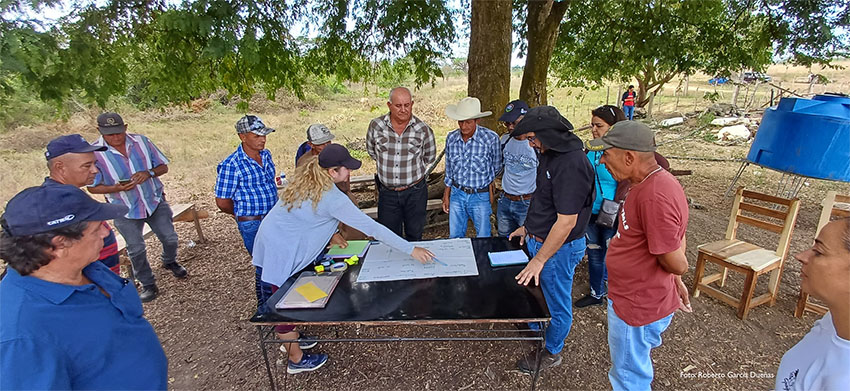
- In Cuba, the production of Creole pigs and goats is being analyzed by sustainable agribusiness specialists from CATIE to identify greater potential.
Anthony Gamboa and Andrea Garay, from the Environmental Economics and Sustainable Agribusiness Unit (UEAAS/EfD), of CATIE (Tropical Agricultural Research and Higher Education Center), serve as specialists in sustainable agribusiness and analyze in Cuba the value chains of Creole pigs and goats, to, among other aspects, identify the potential for linkage with the tourism sector in the provinces of Pinar del Río and Cienfuegos.
These actions are carried out as part of the CIENPINOS project: Municipal Climate Governance and Sustainable Agroforestry Food Production with Low Emissions and Adapted to Climate Change in Cienfuegos and Pinar del Río, Cuba, which is implemented by CATIE and the Indio Hatuey Experimental Station of Grasses and Forages, with funding from Swedish Cooperation.
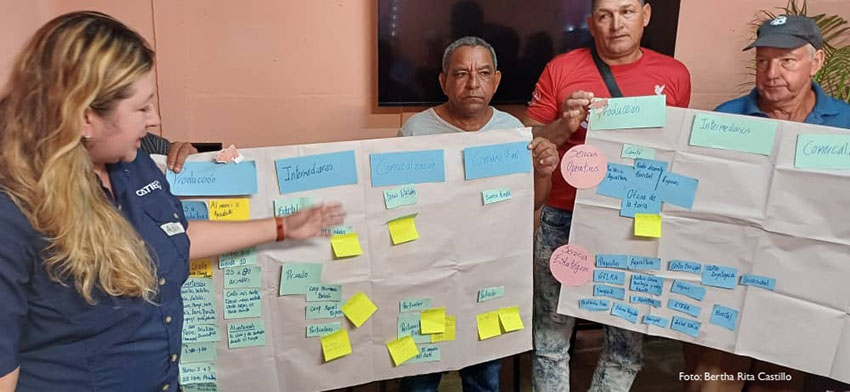
Garay shared that during the visit to Cuba in March, they organized workshops with representatives of local instances from the agricultural, tobacco, tourism, and forestry sectors, among others. Also, field visits to assess the tourist attractions of Viñales and hotels, and to meet the main actors involved in the value chain of the Creole pig and caprine animals.
"Specifically, we visited areas with some tourist development close to the areas where activities related to the management of Creole pigs for meat production and caprine animals for the generation of goat milk are carried out," said the specialist in sustainable agribusiness.
Importance for Communities
"The production of Creole pigs, in the province of Pinar del Río, and the production of goats, in the province of Cienfuegos, are activities that have a historical, cultural, gastronomic, and food security background," Gamboa expressed about the relevance of the work being done on the topic of value chains.
In this regard and to complement the importance, Garay reported that a pioneering study is being carried out in Cuba regarding the identification of the chain scheme, both for pigs and for goats.
"This will allow identifying the roles that the different actors involved in these chains could assume so that they are strengthened and these products generate more value," added Garay.
However, to achieve the work, some challenges have been identified, as Garay expresses.
"There are challenges in terms of infrastructure, installed capacity, and coordination among the different identified actors that will be challenging, but that undoubtedly are in line with local development plans, which can generate a positive impact in the medium term," pointed out the specialist from UEAAS/EfD.
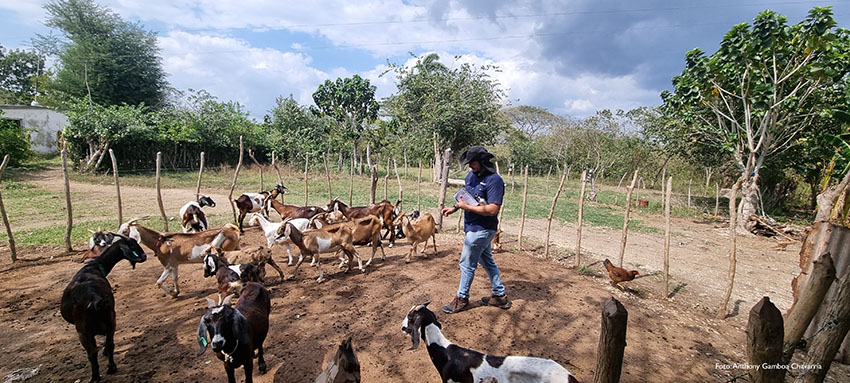
Next Steps
Both specialists in sustainable agribusiness from CATIE expressed that at this moment, the analysis of the collected information is being carried out. With this, reports will be generated that will serve for decision-making within the project, which will be shared with key partners in the communities.
Similarly, it is expected that the inputs on the potential for the development of tourist activities can incorporate the traditional activities analyzed into what is known as agritourism.
Key Partners in Cuba
CATIE, in addition to the Indio Hatuey Experimental Station of Grasses and Forages, has other key partner entities in Cuba, such as the University of Pinar del Río and the University of Cienfuegos.
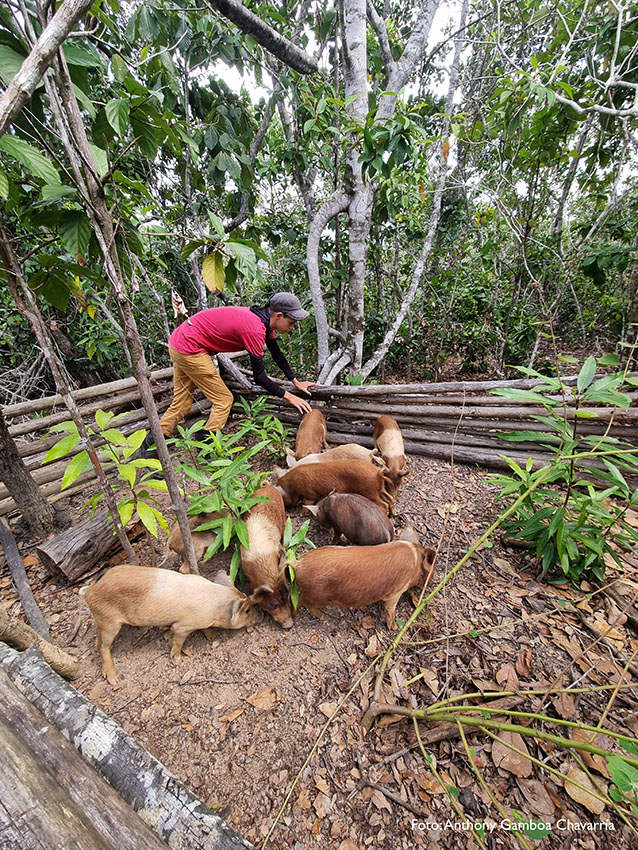
More information:
Andrea Garay T.
Specialist in Sustainable Agribusiness
Environmental Economics and Sustainable Agribusiness Unit (UEAAS/EfD)
CATIE
Andrea.garay@catie.ac.cr
Anthony Gamboa
Specialist in Sustainable Agribusiness
Environmental Economics and Sustainable Agribusiness Unit (UEAAS/EfD)
CATIE
Anthony.gamboa@catie.ac.cr
Written by:
Marianela Argüello L.
Communication and Knowledge Management Officer
Environmental Economics and Sustainable Agribusiness Unit (UEAAS/EfD)
CATIE
marguello@catie.ac.cr

